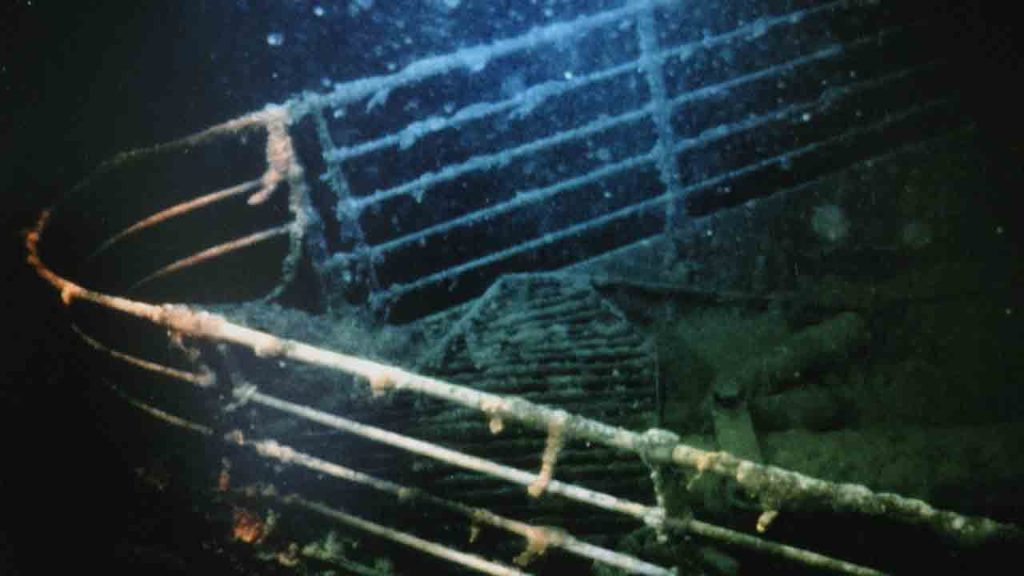On September 1, 1985, the shipwreck of the RMS Titanic was discovered in the North Atlantic, solving a 73-year-old mystery. The wreck was found during a mission conducted by the Woods Hole Oceanographic Institution (WHOI) and the French National Institute of Oceanography (IFREMER) and funded by the U.S. Office of Naval Technology. Led by Dr. Robert D. Ballard of WHOI and Jean Louis Michel of IFREMER, the mission aimed to test newly developed underwater imaging systems to locate items on the sea floor. The wreck of the Titanic provided a high-profile context for the mission, and after a month-long search, the French team ruled out 75% of the search area.
The second phase of the mission began on August 15, 1985, with the research vessel Knorr. The team used an innovative approach, employing an imaging tool called “ANGUS” and a sonar/video camera system named “Argo” to search for debris from the Titanic. This strategy paid off, as the Knorr located one of the Titanic’s boilers, confirming the ship’s location. The discovery also confirmed survivors’ reports that the Titanic had split into two pieces as she sank. The team spent the remainder of the voyage filming the wreck, providing valuable insights into the ship’s final resting place.
The RMS Titanic, the largest ship in the world at the time she was built, sunk in the early hours of April 15, 1912, less than three hours after colliding with an iceberg on her voyage from Southampton, England to New York City. Only just over 700 people survived the sinking, with a significant disparity across passenger classes. The massive death toll was attributed to poor planning and a lack of maritime regulations, leading to the adoption of new safety regulations for merchant ships in response to the tragedy. Despite the Titanic being equipped to carry 64 lifeboats, she had only 20 on board, which could only accommodate around half of the passengers and crew.
In the aftermath of the Titanic disaster, new safety regulations were implemented for merchant ships, culminating in the International Convention for the Safety of Life at Sea (SOLAS) in 1914. This convention outlined mandatory safety features of ships, including the requirement for enough lifeboats to accommodate everyone on board. The Titanic’s sinking had a lasting impact on maritime safety regulations, leading to changes that aimed to prevent such a tragedy from happening again. The discovery of the Titanic’s wreck in 1985 provided closure to the mystery of its location and shed light on the events surrounding its tragic sinking, highlighting the importance of safety measures at sea.


